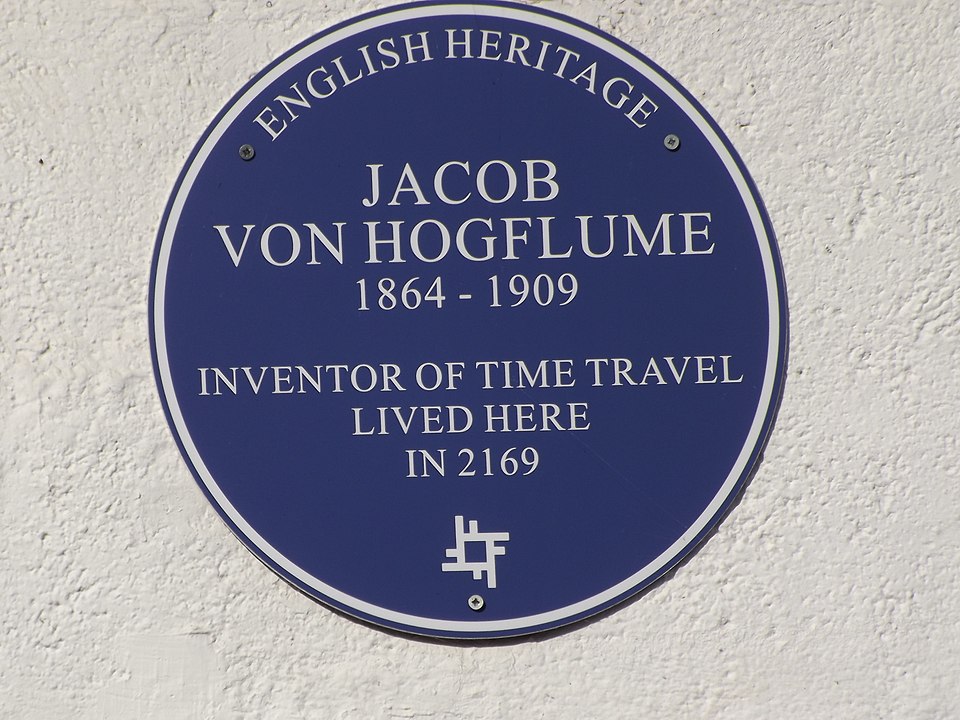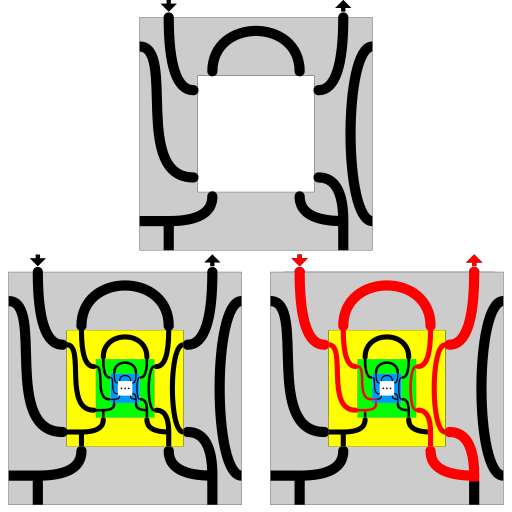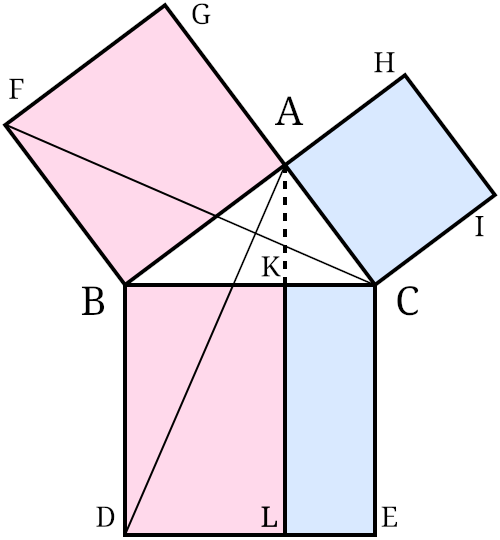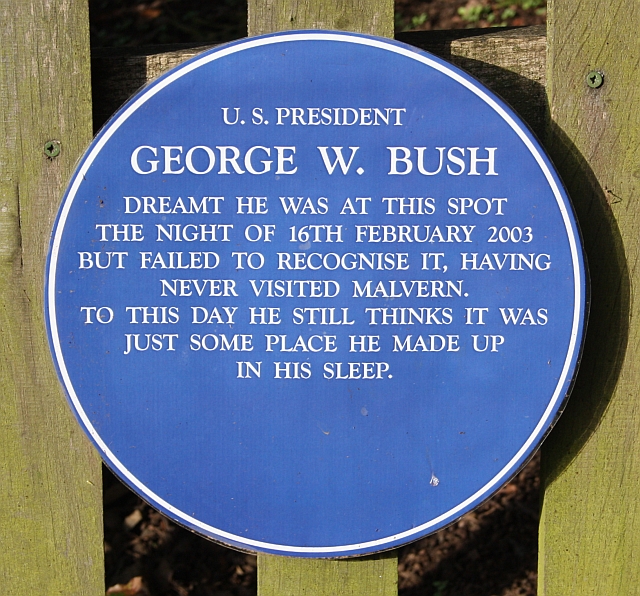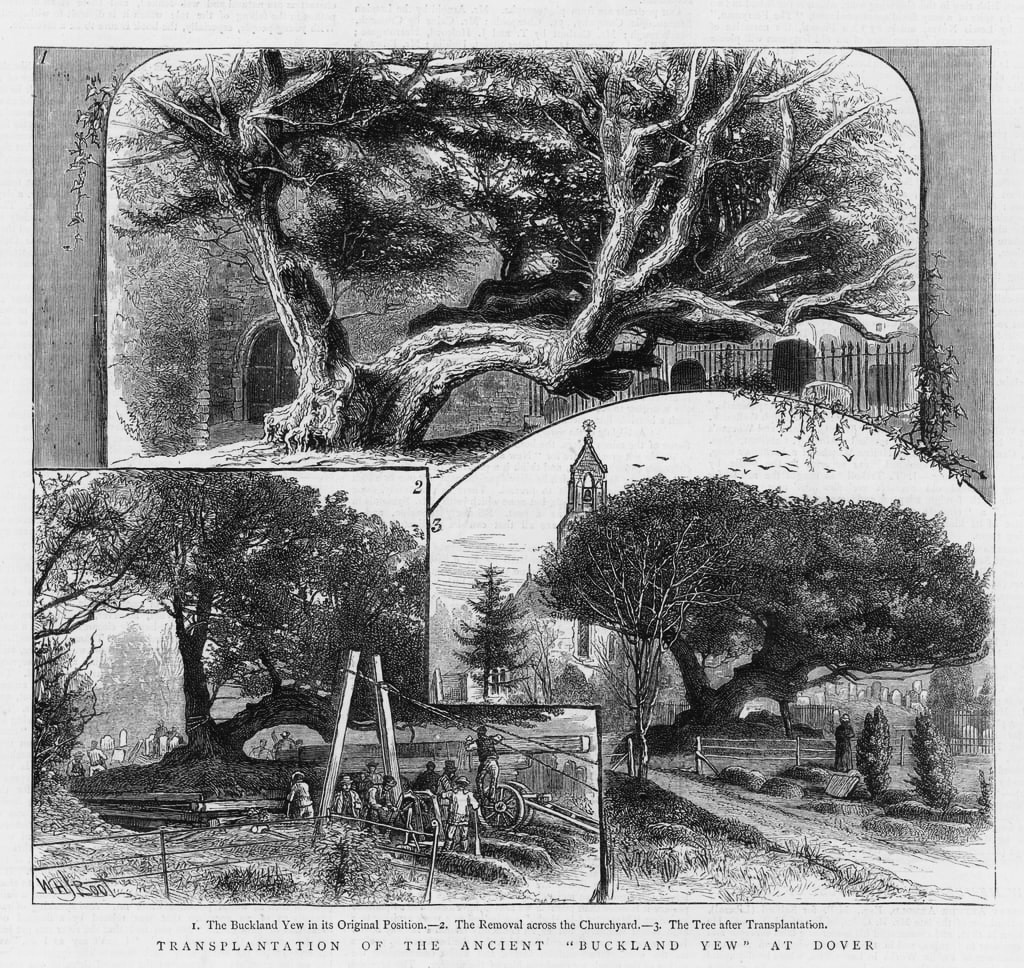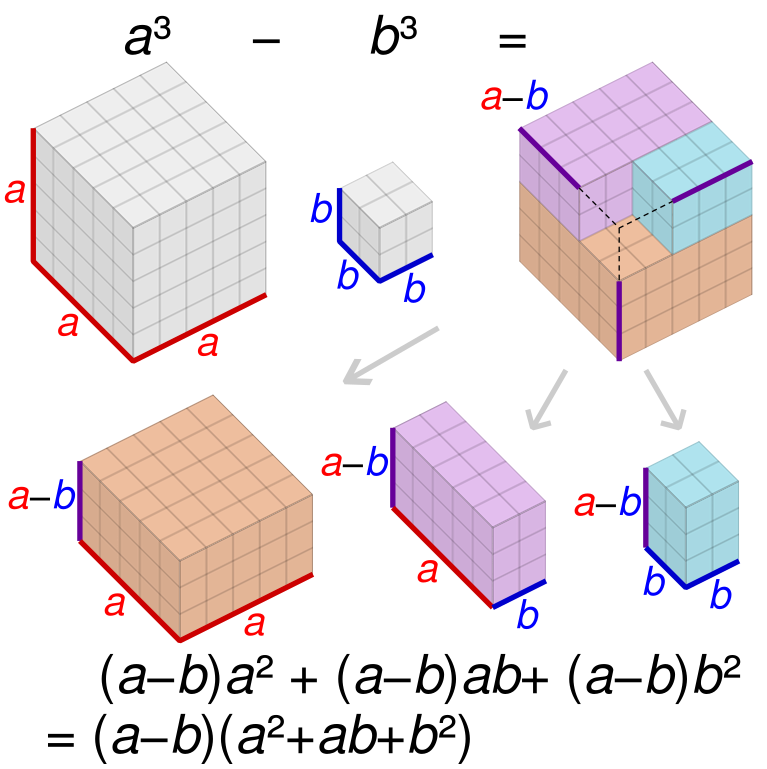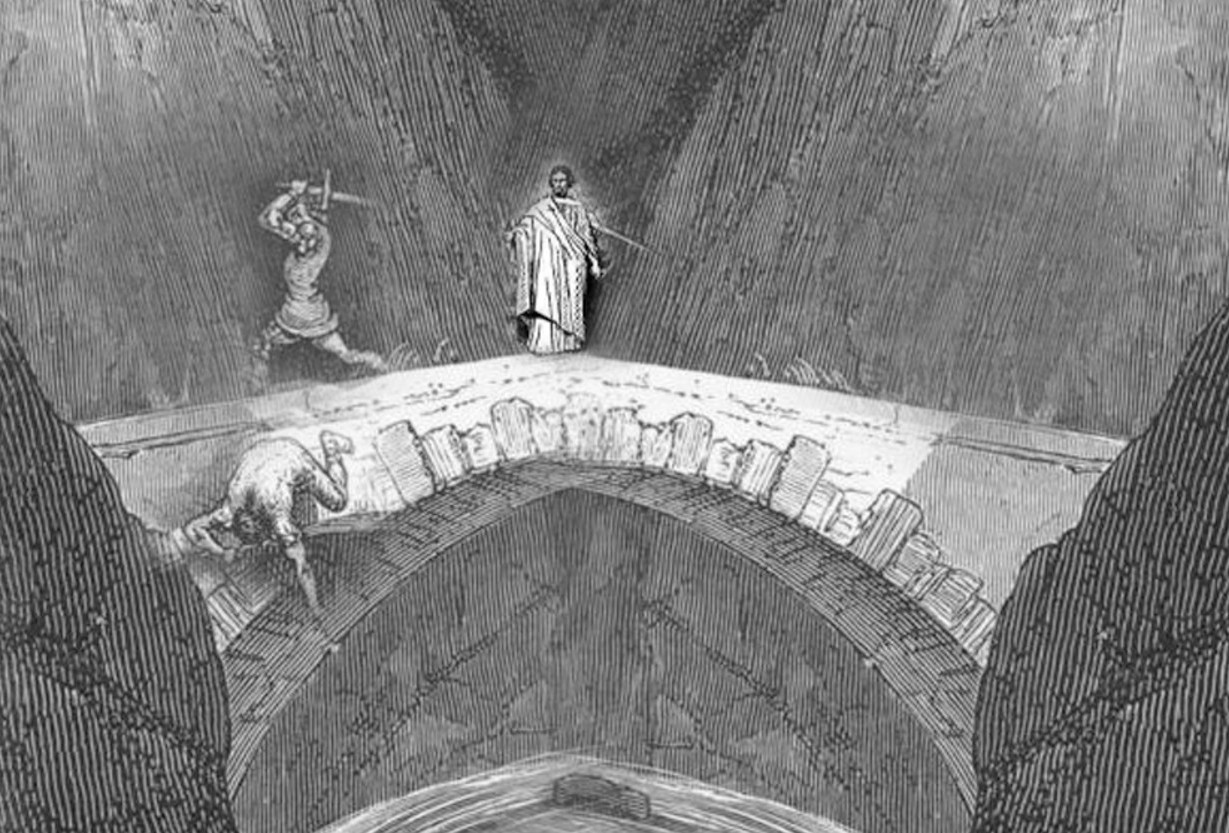
Socrates wants to cross a river and comes to a bridge guarded by Plato. The two speak as follows:
Plato: ‘Socrates, if in the first proposition which you utter, you speak the truth, I will permit you to cross. But surely, if you speak falsely, I shall throw you into the water.’
Socrates: ‘You will throw me into the water.’
Jean Buridan posed this conundrum in his Sophismata in the 14th century. Like a similar paradox in Don Quixote, it seems to leave the guardian in an impossible position — whether Socrates speaks truly or falsely, it would seem, the promise cannot be fulfilled.
Some readers offered a wry solution: Wait until he’s crossed the bridge, and then throw him in.

